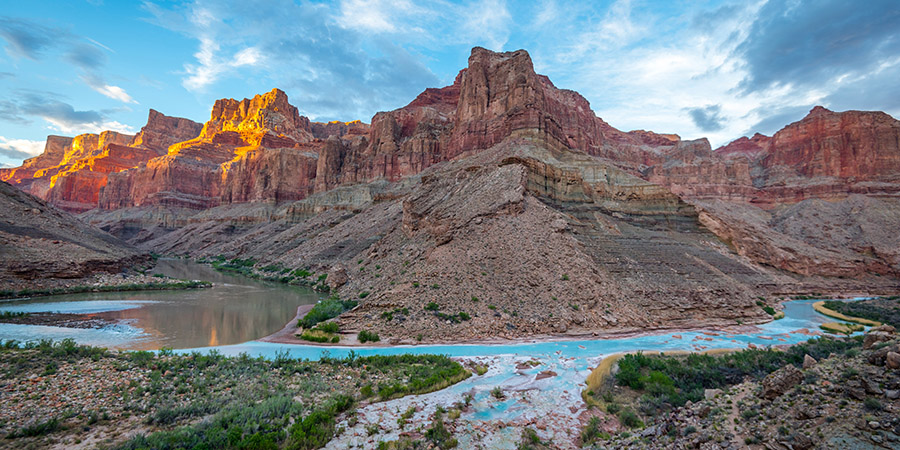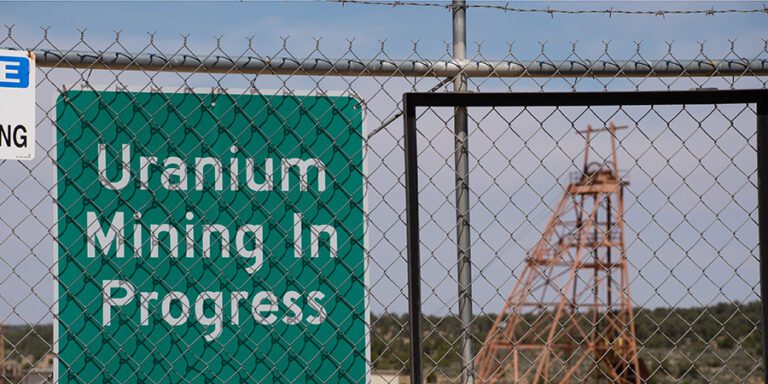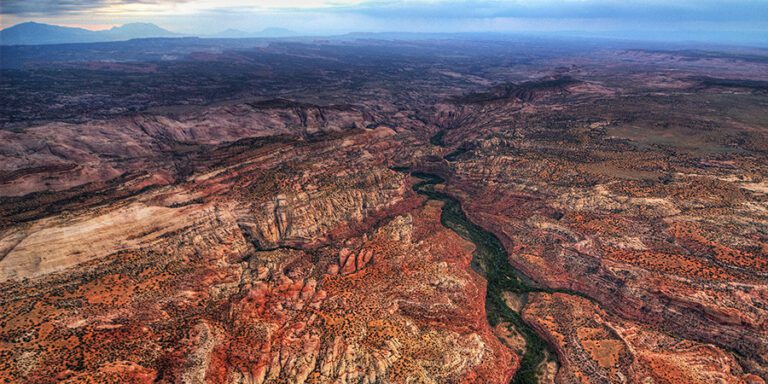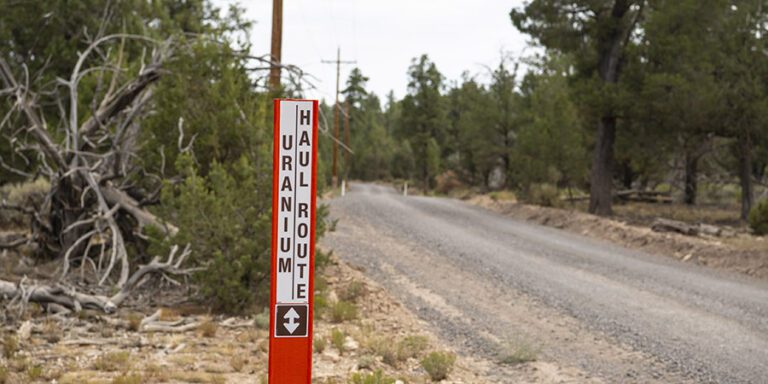
The Little Colorado River near the Grand Canyon is a river you should know. Find out why.
The Little Colorado River is smaller than the mainstem Colorado River in length, flow, and drainage area. But this tributary rivals its bigger sibling in grandeur. Between Cameron, Arizona, on the Navajo Nation, and its confluence with the Colorado River deep in the Grand Canyon, the Little Colorado River drops thousands of feet, cutting a narrow gorge through the Bright Angel Shale, Muav Limestone, and Tapeats Sandstone rock layers. It winds below sheer cliffs, tumbles over waterfalls, and teems with desert wildflowers in the summer months. The canyon walls glow amber and deep red in the evening light.
With minimal trail access, few experience the quiet solitude of this magnificent place. But here are four things everyone should know about the Little Colorado River.
The Little Colorado River is a sacred place
The confluence of the Colorado and Little Colorado rivers holds deep meaning for Native peoples of the Grand Canyon region. For the Hopi, life began near the confluence.
For the Navajo people, the Little Colorado River drainage is their current home, and the confluence is a sacred place to share their prayers. At least 10 tribes have ancestral and current connections to the Little Colorado River.
Hear more firsthand stories about cultural ties to the Grand Canyon
The Little Colorado River is home to humpback chub
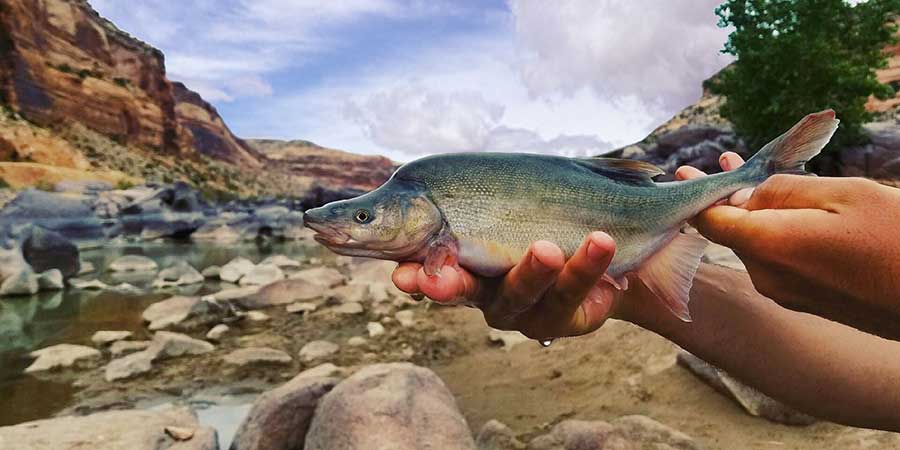
Native fish species used to thrive in warm, muddy waters across the desert Southwest. The humpback chub is one of those native fish species — holding its own in these waters for the last 3.5 million years, with a sleek, silvery-green body, deceptively powerful tail fin, and its signature raised lump atop its head. These fish can navigate the biggest rapids in the Grand Canyon, raging floods, and the muddiest of waters. However, increasingly imperiled by habitat degradation and introduced species, the humpback chub was listed as endangered in the 1970s. The Little Colorado River is one of the last remaining places where you can find humpback chub.
The Little Colorado River is a constant target
Throughout the years, the confluence area has seen various proposals from outside developers. From the Escalade mega-resort and tramway that would have brought 10,000 people a day to the bottom of the Grand Canyon (ultimately voted down by the Navajo Nation in 2017), to the three hydroelectric projects that Phoenix developers are currently pursuing upstream from the confluence, natural and cultural values of the Little Colorado River are at risk. Local residents of the Bodaway/Gap chapter of the Navajo Nation passed a resolution in 2018 to direct the chapter to designate the confluence as a sacred site — a designation that could help keep the confluence area permanently off-limits to development.
The Little Colorado River has turquoise-blue waters
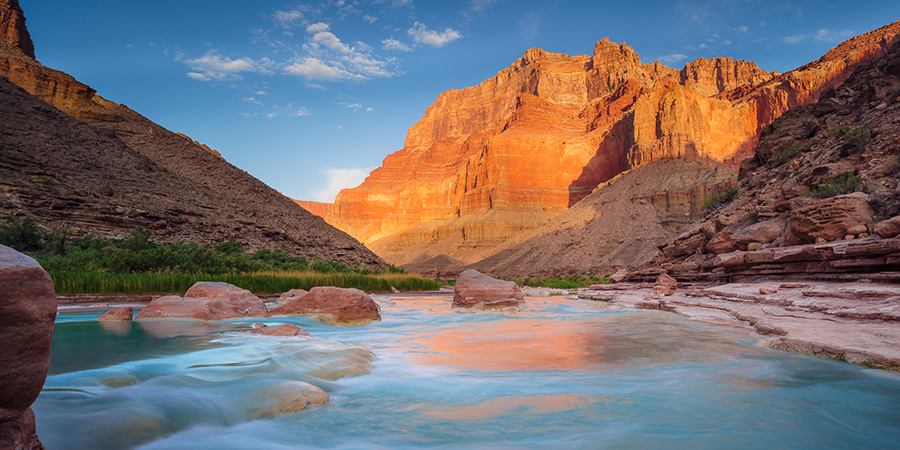
Travel approximately 13 miles upstream of the confluence in the Little Colorado River gorge and you reach the aptly named Blue Spring. A consistent year-round source, the water at Blue Spring tumbles out of the ground at a rate about 50,000 times that of your shower and appears a brilliant turquoise blue due to the calcium carbonate minerals suspended in the water. The result is travertine, a chalky limestone that settles out of the water and coats the riverbed in a white hue, adding to the river’s color palette. The warm, milky-blue waters of the Little Colorado River rush into the cold, clear emerald-green waters of the Colorado River at the confluence — a merging of two rivers into the grandest of them all.

